-
 Bitcoin
Bitcoin $96,271.5649
1.52% -
 Ethereum
Ethereum $1,848.3676
3.31% -
 Tether USDt
Tether USDt $1.0004
0.02% -
 XRP
XRP $2.2363
0.59% -
 BNB
BNB $603.4539
0.30% -
 Solana
Solana $151.5205
3.30% -
 USDC
USDC $1.0000
0.03% -
 Dogecoin
Dogecoin $0.1789
2.90% -
 Cardano
Cardano $0.7063
1.42% -
 TRON
TRON $0.2488
1.36% -
 Sui
Sui $3.7029
6.22% -
 Chainlink
Chainlink $14.9337
3.04% -
 Avalanche
Avalanche $21.4174
0.05% -
 Stellar
Stellar $0.2784
0.99% -
 UNUS SED LEO
UNUS SED LEO $8.9307
-1.16% -
 Shiba Inu
Shiba Inu $0.0...01363
2.06% -
 Hedera
Hedera $0.1889
2.53% -
 Toncoin
Toncoin $3.1825
-1.74% -
 Bitcoin Cash
Bitcoin Cash $371.8028
1.17% -
 Hyperliquid
Hyperliquid $20.1811
8.08% -
 Litecoin
Litecoin $87.0421
3.05% -
 Polkadot
Polkadot $4.1687
1.30% -
 Dai
Dai $1.0002
0.02% -
 Bitget Token
Bitget Token $4.3849
-0.04% -
 Monero
Monero $270.3930
-0.13% -
 Ethena USDe
Ethena USDe $1.0005
0.10% -
 Pi
Pi $0.6126
5.97% -
 Pepe
Pepe $0.0...09014
0.15% -
 Aptos
Aptos $5.5381
2.82% -
 Uniswap
Uniswap $5.3495
0.48%
How to buy UNI coins? Detailed operation tutorial for buying UNI coins at exchanges
To buy UNI coins, create an account on a reputable exchange, deposit funds, find the UNI trading pair, place a buy order, monitor the purchase, and store your coins securely.
Oct 09, 2024 at 06:11 pm
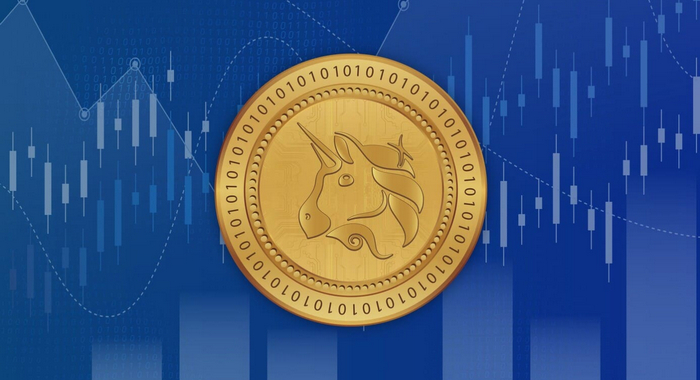
How to Buy UNI Coins: A Comprehensive Guide
Step 1: Choose a Cryptocurrency Exchange
- Select a reputable and secure exchange that supports UNI trading.
- Consider factors such as fees, security, liquidity, and customer support.
- Some popular exchanges for UNI are Binance, Coinbase, Gemini, and Kraken.
Step 2: Create an Account
- Visit the exchange website and create an account.
- Provide your personal information, such as your name, email address, and phone number.
- Verify your identity by submitting supporting documents, such as a government-issued ID.
Step 3: Fund Your Account
- Deposit funds into your exchange account using a supported payment method.
- Options may include bank transfer, credit/debit card, or cryptocurrency transfer.
- Confirm that your deposit has been processed before proceeding.
Step 4: Find the UNI Trading Pair
- Once your account is funded, navigate to the exchange interface.
- Search for the UNI trading pair with the currency you want to use for the purchase (e.g., "UNI/USD").
Step 5: Place a Buy Order
- Select the "Buy" option and enter the amount of UNI you want to buy.
- Choose an order type (e.g., market order, limit order, stop-limit order).
- Review the order details and confirm the transaction.
Step 6: Monitor Your Purchase
- After placing an order, you can monitor its progress in the exchange's trading history.
- When the order is filled, the UNI coins will be credited to your exchange account.
Step 7: Store Your UNI Coins
- You can store your UNI coins on the exchange's wallet or transfer them to a personal hardware or software wallet for increased security.
- Hardware wallets provide the highest level of security and are recommended for long-term storage.
Additional Tips:
- Determine your investment strategy before purchasing UNI.
- Research the project and understand its potential risks and rewards.
- Consider setting up a stop-loss order to mitigate potential losses.
- Monitor the crypto market and adjust your strategy as needed.
Disclaimer:info@kdj.com
The information provided is not trading advice. kdj.com does not assume any responsibility for any investments made based on the information provided in this article. Cryptocurrencies are highly volatile and it is highly recommended that you invest with caution after thorough research!
If you believe that the content used on this website infringes your copyright, please contact us immediately (info@kdj.com) and we will delete it promptly.
- SUI Price Prediction—Will it Reach $10 in 2025?
- 2025-05-01 20:25:12
- Cryptocurrency market capitalization increased in the past 24 hours as markets reassessed the likelihood of a rate cut by the Fed
- 2025-05-01 20:25:12
- Binance De-Listing ALPACA Crypto – What Are The Accusations?
- 2025-05-01 20:20:12
- Whale Activity Fuels Cardano (ADA) Price Despite Stretched Resistance Levels
- 2025-05-01 20:20:12
- Four Crypto Tokens That Could Explode This May
- 2025-05-01 20:15:12
- Metaplanet — a Japanese company focused on accumulating Bitcoin — announced it will launch a United States-based subsidiary.
- 2025-05-01 20:15:12
Related knowledge
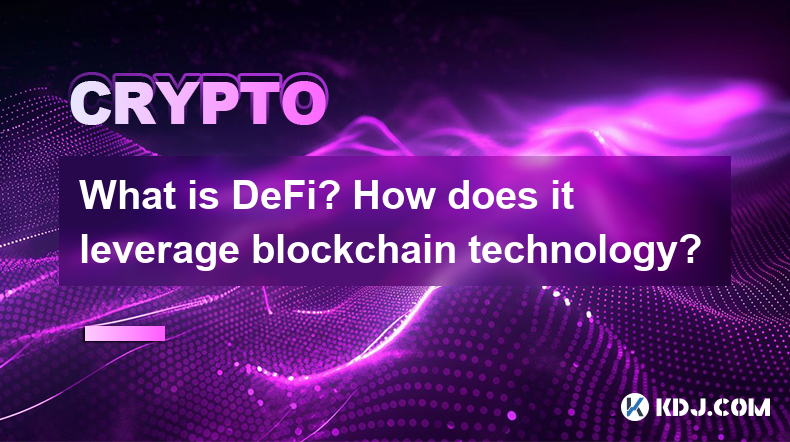
What is DeFi? How does it leverage blockchain technology?
Apr 27,2025 at 12:49pm
What is DeFi? How does it leverage blockchain technology? Decentralized Finance, commonly known as DeFi, represents a shift from traditional centralized financial systems to a more open, permissionless, and transparent ecosystem built on blockchain technology. At its core, DeFi aims to recreate traditional financial instruments and services—such as lend...
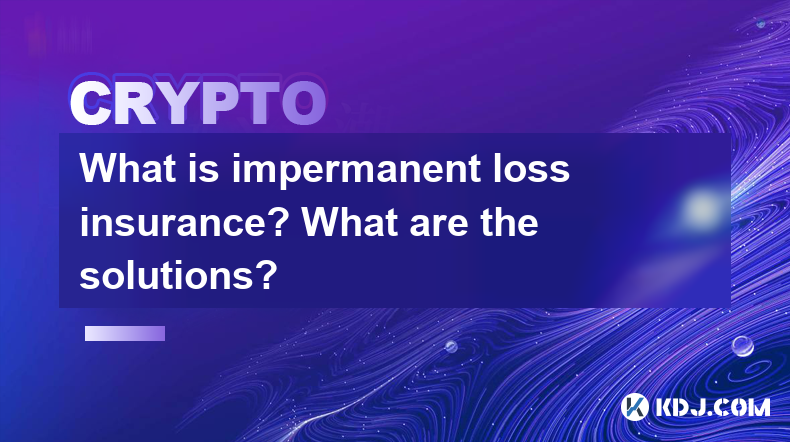
What is impermanent loss insurance? What are the solutions?
Apr 12,2025 at 01:14am
What is Impermanent Loss Insurance? What are the Solutions? Impermanent loss is a significant concern for liquidity providers in decentralized finance (DeFi) platforms. It occurs when the price of tokens in a liquidity pool changes compared to when they were deposited, leading to a potential loss if the provider decides to withdraw their liquidity. To m...
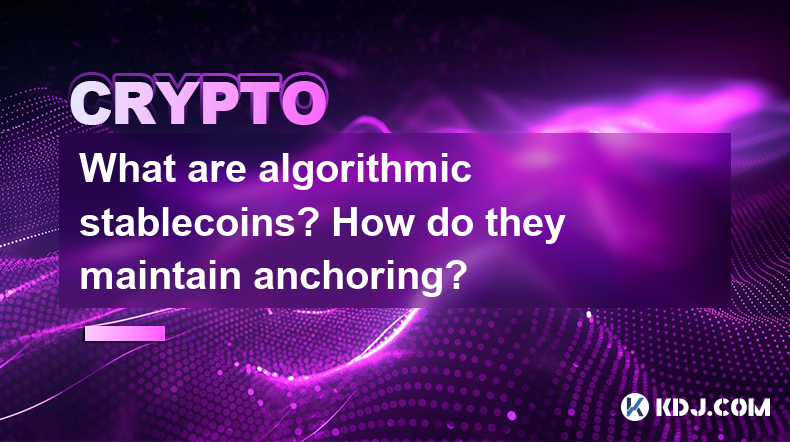
What are algorithmic stablecoins? How do they maintain anchoring?
Apr 12,2025 at 11:35am
Algorithmic stablecoins represent a fascinating and innovative segment within the cryptocurrency ecosystem. These digital assets are designed to maintain a stable value, typically pegged to a fiat currency like the US dollar, through the use of algorithms rather than traditional collateral. This approach distinguishes them from other types of stablecoin...
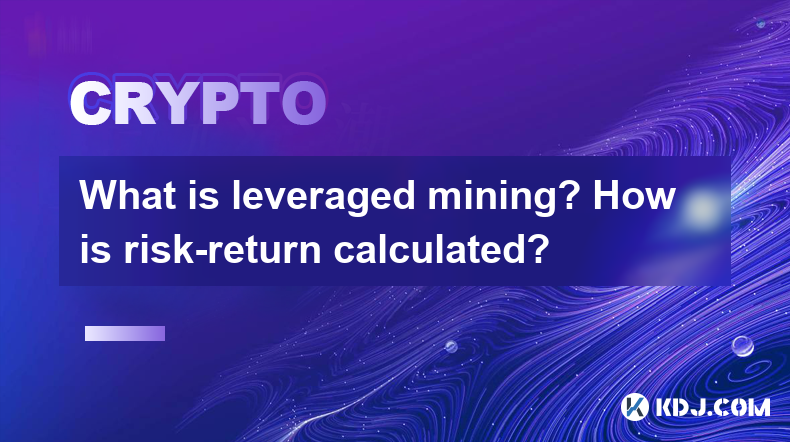
What is leveraged mining? How is risk-return calculated?
Apr 11,2025 at 04:07pm
What is Leveraged Mining? How is Risk-Return Calculated? Leveraged mining is a strategy used in the cryptocurrency space where miners borrow funds to increase their mining capacity and potential returns. This approach can amplify both profits and losses, making it a high-risk, high-reward endeavor. Understanding how to calculate the risk and return asso...
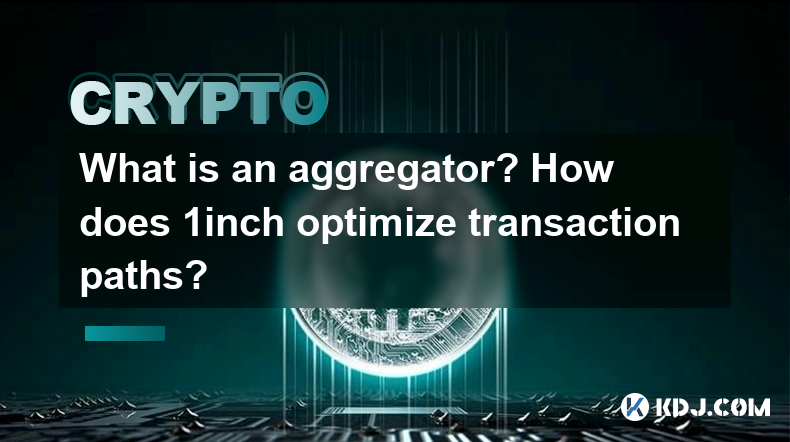
What is an aggregator? How does 1inch optimize transaction paths?
Apr 12,2025 at 05:00pm
An aggregator in the cryptocurrency space is a tool that compiles and compares data from multiple decentralized exchanges (DEXs) to find the best possible trading routes and prices for users. Aggregators are essential for traders looking to optimize their transactions, as they can automatically search through various liquidity sources to ensure the most...
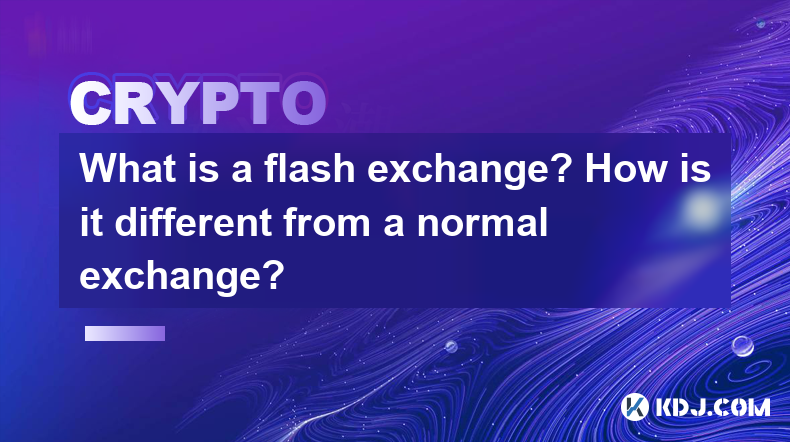
What is a flash exchange? How is it different from a normal exchange?
Apr 16,2025 at 03:43pm
A flash exchange, also known as a flash swap, is a relatively new concept within the cryptocurrency space that has gained significant attention due to its innovative approach to trading. Unlike traditional exchanges, flash exchanges leverage the power of decentralized finance (DeFi) protocols to enable instant, collateral-free trades. In this article, w...

What is DeFi? How does it leverage blockchain technology?
Apr 27,2025 at 12:49pm
What is DeFi? How does it leverage blockchain technology? Decentralized Finance, commonly known as DeFi, represents a shift from traditional centralized financial systems to a more open, permissionless, and transparent ecosystem built on blockchain technology. At its core, DeFi aims to recreate traditional financial instruments and services—such as lend...

What is impermanent loss insurance? What are the solutions?
Apr 12,2025 at 01:14am
What is Impermanent Loss Insurance? What are the Solutions? Impermanent loss is a significant concern for liquidity providers in decentralized finance (DeFi) platforms. It occurs when the price of tokens in a liquidity pool changes compared to when they were deposited, leading to a potential loss if the provider decides to withdraw their liquidity. To m...

What are algorithmic stablecoins? How do they maintain anchoring?
Apr 12,2025 at 11:35am
Algorithmic stablecoins represent a fascinating and innovative segment within the cryptocurrency ecosystem. These digital assets are designed to maintain a stable value, typically pegged to a fiat currency like the US dollar, through the use of algorithms rather than traditional collateral. This approach distinguishes them from other types of stablecoin...

What is leveraged mining? How is risk-return calculated?
Apr 11,2025 at 04:07pm
What is Leveraged Mining? How is Risk-Return Calculated? Leveraged mining is a strategy used in the cryptocurrency space where miners borrow funds to increase their mining capacity and potential returns. This approach can amplify both profits and losses, making it a high-risk, high-reward endeavor. Understanding how to calculate the risk and return asso...

What is an aggregator? How does 1inch optimize transaction paths?
Apr 12,2025 at 05:00pm
An aggregator in the cryptocurrency space is a tool that compiles and compares data from multiple decentralized exchanges (DEXs) to find the best possible trading routes and prices for users. Aggregators are essential for traders looking to optimize their transactions, as they can automatically search through various liquidity sources to ensure the most...

What is a flash exchange? How is it different from a normal exchange?
Apr 16,2025 at 03:43pm
A flash exchange, also known as a flash swap, is a relatively new concept within the cryptocurrency space that has gained significant attention due to its innovative approach to trading. Unlike traditional exchanges, flash exchanges leverage the power of decentralized finance (DeFi) protocols to enable instant, collateral-free trades. In this article, w...
See all articles




















































































